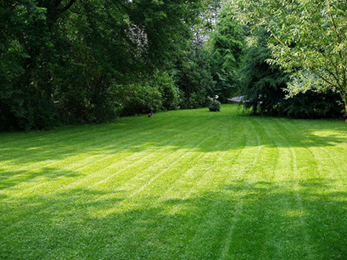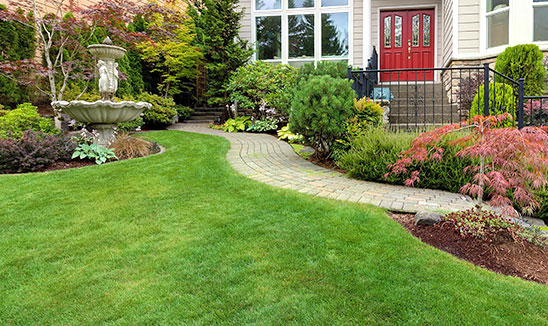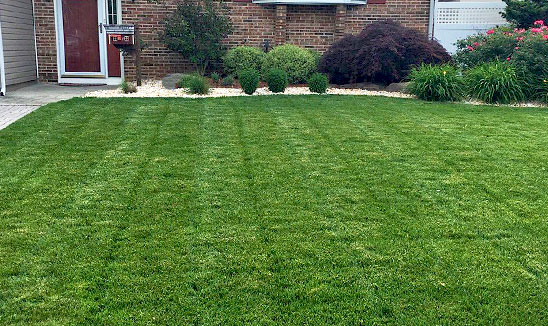Late fall and winter months come with plenty of threats for the dormant vegetation you host on your property. Snow mold, pests, and wildlife are among the homeowners’ primary concerns. However, our lawn treatments experts in Manchester, MO, warn you about a silent and almost invisible enemy: Rhizoctonia solani. You may know it as the Brown Patch – its most common name – a fungal pathogen that can damage your grasses and cause severe problems in spring. Let’s see how to spot and treat this disease!
Same Disease, Different Names
The first clarification our experts in lawn treatments in Manchester, MO, want to make is that what you know as Brown Patch also carries the name of Large Patch. It is the same disease caused by the same pathogen. The difference lies with the types of grasses this fungus attacks:
- Warm-climate turf grasses (St. Augustine, Bermuda, Centipede, or Zoysia) – Large Patch disease
- Cold-climate lawn grasses (Bluegrass, Ryegrass, Fescue, etc.) – Brown Patch disease.
No matter its name, this fungus can run havoc if you leave it be. Let’s continue now by discussing the infections’ causes, triggers, symptoms, and treatment.
What Causes this Disease?
Rain, lack of soil aeration and water pooling, excess irrigation, high levels of air humidity, and low temperatures (under 80 degrees) are all factors that contribute to the development and expansion of this fungal disease. This pathogen is one reason you should aerate the soil before the first snowfall and frost. If the situation allows, you should call our specialists in aeration in Manchester, MO, to ensure water and moisture drain well.
Disease Symptoms to Look for this Season
As its name suggests, this disease shows brown spots or patches on the turf grasses’ leaves. Sometimes, a part of the blade heals while other areas suffer the infection; thus, the turf starts getting a donut-like look.
The surefire way to diagnose this disease is to pull out some grass blades. Besides the spots, you will notice the grass breaks quickly, and the base of the blade features darkened wet tissue. The disease will not affect the roots or the stems, fortunately.
How to Prevent and Treat this Disease?
Prevent this disease by calling our aeration service in Manchester, MO, for a complete assessment. If it is not too late, and aeration service might come in handy. Besides fungicide applications and follow-up treatments, our lawn treatments experts in Manchester, MO, recommend you not stress the fragile turf grasses and keep them safe from excess moisture.












